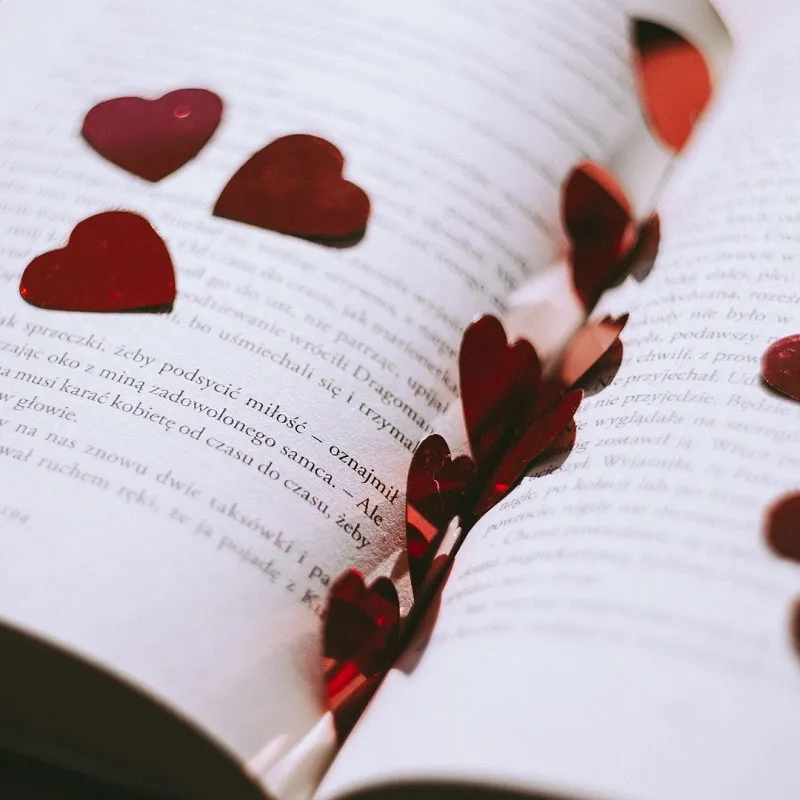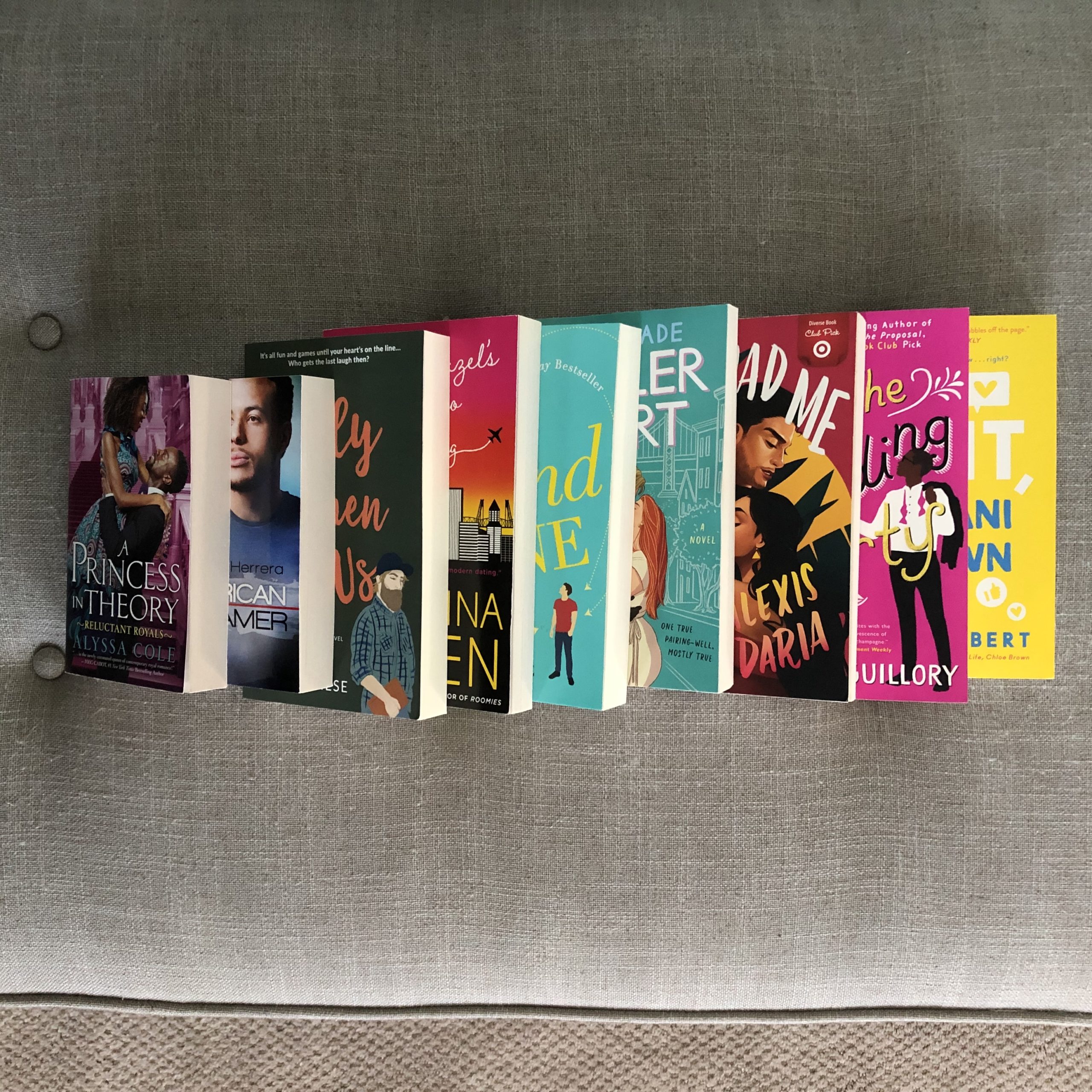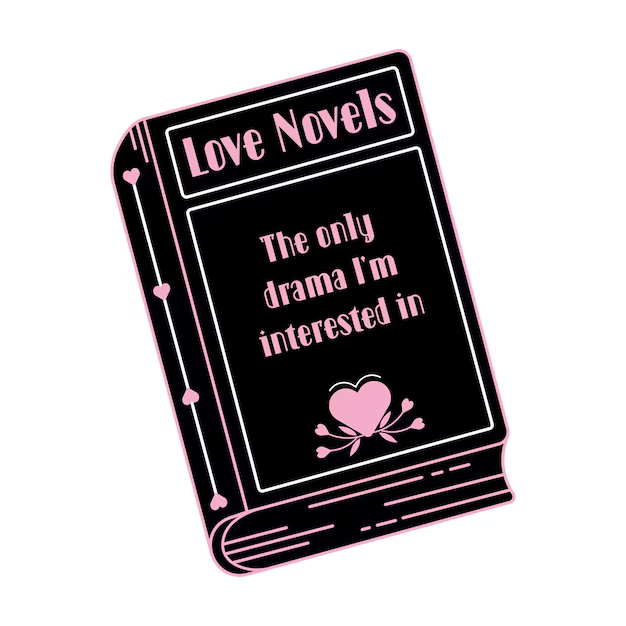Romance novels have captivated readers for centuries, offering a window into love, desire, and the intricate tapestry of human emotions. These narratives allow us to escape the mundane realities of life while diving deep into the complexities of relationships. In this exploration, we will delve into the enduring appeal, character archetypes, sub-genres, and the impact of romance novels on both readers and writers.
The Enduring Appeal of Romance Novels
Romance novels hold a unique place in literature. Their allure lies in the promise of love and the hopeful resolution of conflict. These stories often feature characters facing obstacles, both internal and external, that test their relationships. Readers are drawn to the emotional rollercoaster, finding solace in knowing that love often conquers all.
The predictability of the happy ending in romance novels provides an ultimate comfort. In a world filled with uncertainties, the ability to escape into a narrative where love triumphs can be both reassuring and empowering. This consistency encourages readers to dream of love, filling them with hope and inspiration.
Classic Tropes in Romance Novels
One of the most delightful aspects of romance novels is their reliance on classic tropes that resonate with readers. Here are a few beloved examples:
The Enemies to Lovers Trope
In many romance novels, characters start off as rivals or adversaries. This tension creates an engaging dynamic where the progression from animosity to love is fraught with challenges. Readers often feel the spark of chemistry that ignites despite initial differences. A classic example is “The Hating Game” by Sally Thorne, where two office workers with a fierce rivalry find themselves drawn to each other.
The Second Chance at Love
This trope explores the idea of rekindling old flames. Characters often face regrets or unresolved feelings from past relationships. The yearning for a second chance allows readers to experience the bittersweet nature of love. “It Ends with Us” by Colleen Hoover poignantly illustrates the complexities involved in pursuing past relationships while navigating current ones.
The Fake Relationship
The fake relationship trope serves as a fertile ground for humor and heartfelt moments. Two characters enter into a façade for various reasons, only to discover deeper feelings for one another. “The Unhoneymooners” by Christina Lauren exemplifies this trope, as two individuals are thrust into a situation that transforms their lives dramatically.
The Sub-Genres of Romance Novels
Romance novels are not homogenous; they thrive in a multitude of sub-genres that cater to diverse reader preferences. Here are several popular sub-genres that illustrate the variety within romance:
Historical Romance
Set against the backdrop of different historical periods, historical romance novels immerse readers in a time long past while exploring themes of love that transcend eras. They often focus on societal norms, class differences, and cultural challenges. “Outlander” by Diana Gabaldon merges historical fiction with romance, weaving a gripping tale of love that defies time.
Contemporary Romance
Contemporary romance novels are more grounded, offering a look into modern relationships and issues. They reflect current social issues, making them relatable for today’s readers. “Beach Read” by Emily Henry masterfully blends humor and heartfelt emotions as two writers face personal struggles while on holiday.
Paranormal Romance
For readers who enjoy the fantastical, paranormal romance brings an element of magic into love stories. These narratives often feature extraordinary beings, such as vampires, witches, or shapeshifters. “Twilight” by Stephenie Meyer took the world by storm, introducing readers to a love story that transcends the mundane realm, creating a cult following.
Young Adult Romance
Targeting a younger audience, young adult romance novels tackle issues like first love, heartbreak, and self-discovery. “To All the Boys I’ve Loved Before” by Jenny Han chronicles the life of a girl whose secret love letters are unexpectedly mailed, leading to a whirlwind of emotions and adventures.
Representation Matters in Romance Novels
The landscape of romance novels is changing as authors increasingly embrace diverse characters and relationships. Representation matters, allowing readers from various backgrounds to see themselves reflected in stories. This shift promotes inclusivity and broadens the appeal of romance.
LGBTQ+ Representation
The rise of LGBTQ+ romance novels has opened the door for stories that explore love in all its forms. Books like “Red, White & Royal Blue” by Casey McQuiston celebrate queer love stories, breaking stereotypes and challenging societal norms. These narratives provide validation and joy to readers who may have felt underrepresented in traditional romance literature.
Cultural Diversity
Authors are also incorporating characters from different cultural backgrounds, providing readers with fresh perspectives on love. These stories often delve into the nuances of culture, family, and identity, enriching the genre. “The Kiss Quotient” by Helen Hoang features a neurodiverse protagonist and explores love through a unique lens, showcasing the broad spectrum of romance.
The Impact of Romance Novels on Society
Romance novels do not just entertain; they challenge societal norms and prompt discussions about love, relationships, and personal growth. They can encourage readers to rethink their beliefs about love and relationships, providing insights into emotional intelligence and interpersonal dynamics.
Empowering Readers
Romance novels often portray characters taking control of their lives and choices. This empowerment can resonate with readers, inspiring them to take charge of their own relationships and foster healthier interactions. The journey of self-discovery often depicted in these narratives enables readers to recognize their worth and the importance of love.
Conversations Around Consent and Boundaries
Modern romance novels increasingly emphasize the significance of consent and healthy boundaries. By exploring these critical themes, authors play a crucial role in educating readers about the foundations of relationships. Books like “The Kiss Quotient” not only entertain but also impart valuable life lessons about consent and personal agency.
 Must-Read Romance Novels
Must-Read Romance Novels
1. Pride and Prejudice by Jane Austen
No list of romance novels would be complete without mentioning the timeless classic, Pride and Prejudice. Jane Austen’s tale of Elizabeth Bennet and Mr. Darcy has captivated readers for generations. The novel explores themes of class, family, and personal growth, all within the tumultuous realm of love. Its wit and social commentary continue to resonate, making it an essential read for any romance enthusiast.
2. Outlander by Diana Gabaldon
Diana Gabaldon’s Outlander is a masterful blend of historical fiction and romance. Following Claire Randall, a World War II nurse who finds herself transported to 18th-century Scotland, the novel weaves a tapestry of adventure, passion, and conflict. The romance between Claire and the dashing Jamie Fraser is both epic and poignant, ensuring readers become engrossed in their tumultuous journey.
3. The Hating Game by Sally Thorne
For those who enjoy a playfully antagonistic romance, The Hating Game by Sally Thorne delivers laughs and steamy moments. The story follows Lucy and Joshua, two office rivals who find themselves caught in a battle of wills. As tension mounts, so does attraction, leading to a delightful and unpredictable romantic journey. This novel is a testament to how love can flourish unexpectedly—even among enemies.
4. Red, White & Royal Blue by Casey McQuiston
This modern LGBTQ+ romance is a refreshing take on love in the political spotlight. Red, White & Royal Blue follows the First Son of the United States, Alex Claremont-Diaz, and his unexpected romantic escapade with Prince Henry of Wales. The story’s blend of humor, political intrigue, and heartfelt moments creates an engaging reading experience, making it a standout contemporary romance.
5. Beach Read by Emily Henry
In Beach Read, Emily Henry invites readers into the lives of two writers, January and Gus, who are navigating personal struggles while on a summer retreat. The novel artfully balances themes of grief, love, and artistic inspiration. With sharp dialogue and deep emotional beats, it’s a poignant exploration of love that blooms in the unlikeliest of places.
6. It Ends With Us by Colleen Hoover
Colleen Hoover’s It Ends With Us is a moving and thought-provoking novel that delves into relationships while addressing important social issues. It follows Lily Bloom’s journey through love, heartbreak, and self-discovery. The novel’s complexity and depth of emotion have made it a bestseller, resonating deeply with many readers. It is a reminder that while love can be beautiful, it can also be challenging and requires careful navigation.
Conclusion: The Legacy of Romance Novels
The world of romance novels is a fascinating realm filled with complexity, warmth, and tension. Through the exploration of timeless tropes, diverse sub-genres, and impactful themes, these novels have created a legacy that inspires readers across generations. As the landscape evolves, romance novels continue to resonate with audiences, sparking joy and reflection on love’s many forms.
As you immerse yourself in the pages of these captivating stories, remember that romance novels are not just tales of love but windows into the human experience, offering lessons and reflections we can all cherish. Whether you’re seeking escapism or guidance, the world of romance novels invites you to explore the beauty and complexity of love.




